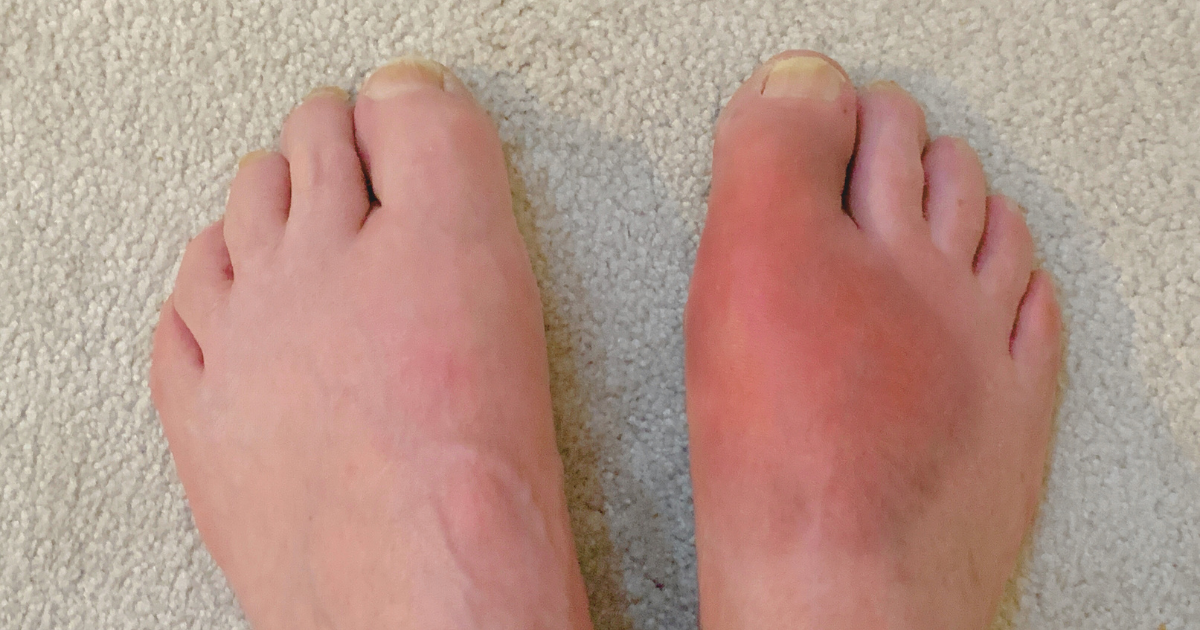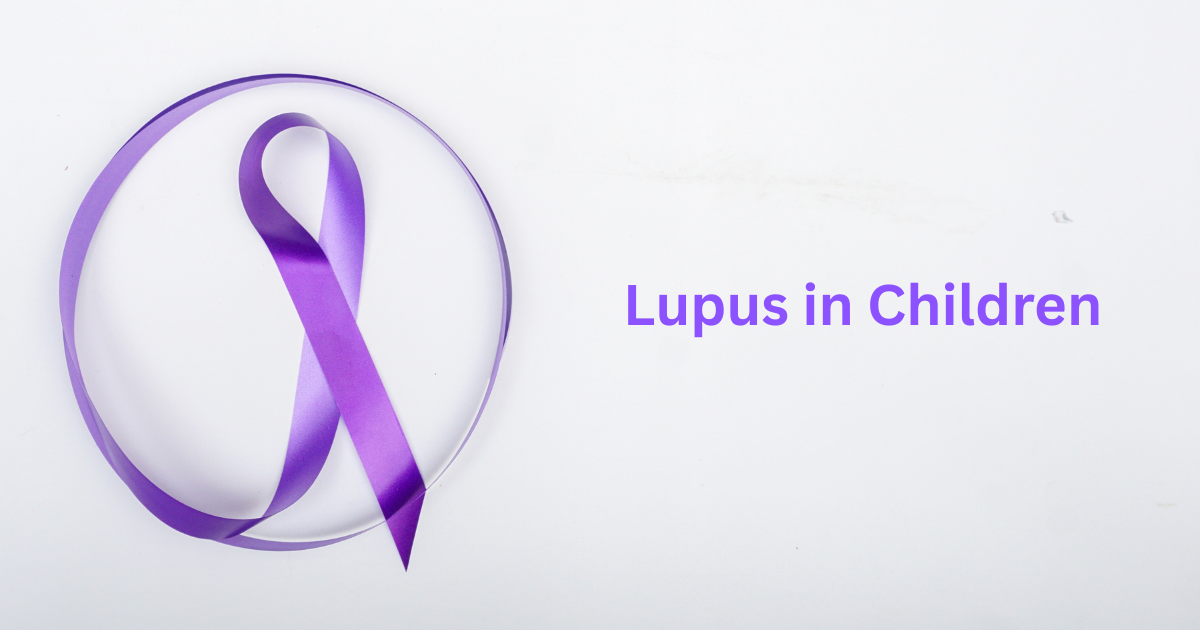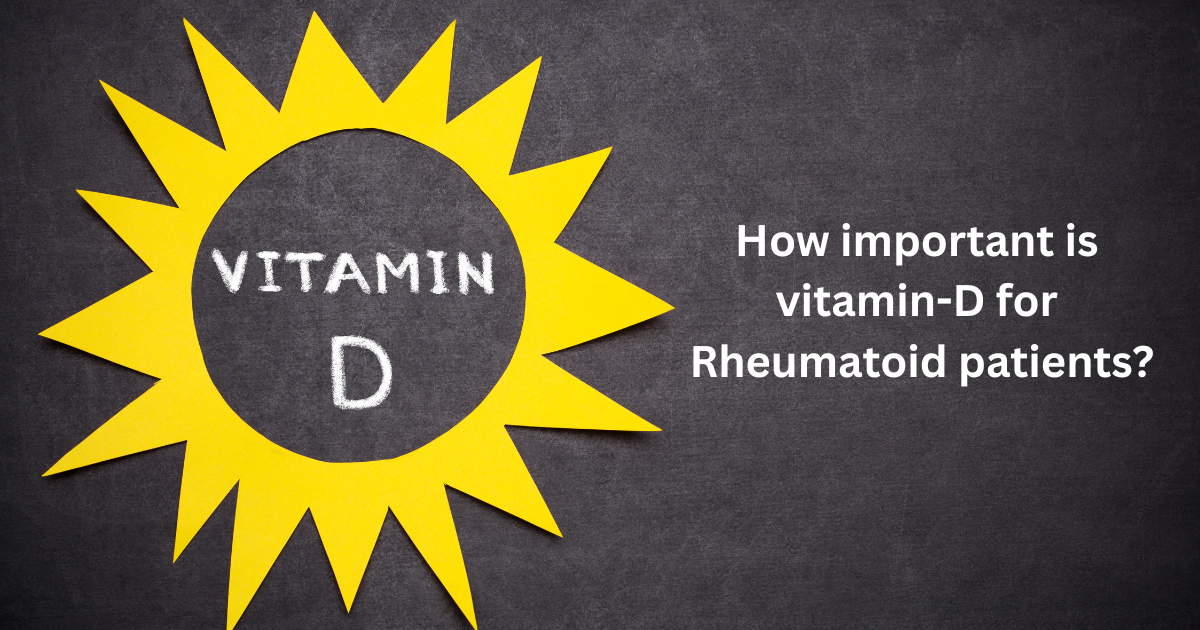Gout is a painful and debilitating form of arthritis that affects millions worldwide. With its sudden flare-ups and intense pain, many individuals seek quick solutions to manage the condition. One such claim circulating the internet is the “10-Minute Gout Cure.” But does this method really work, or is it just another misleading health trend? In this blog, we’ll explore the facts, analyze the science, and determine whether a 10-Minute Gout Cure is truly effective.
Understanding Gout and Its Causes
Gout is caused by an excess of uric acid in the bloodstream, leading to the formation of sharp crystals in the joints, most commonly in the big toe. This results in sudden, severe pain, swelling, redness, and discomfort. Gout attacks can last from a few days to weeks, making fast relief highly desirable.
Common causes of gout include:
- A diet high in purines (red meat, seafood, alcohol, sugary drinks)
- Obesity
- Dehydration
- Medical conditions (kidney disease, diabetes, high blood pressure)
- Genetic factors
With these causes in mind, let’s examine whether a 10-Minute Gout Cure is a realistic expectation.
What Is the 10-Minute Gout Cure?
The 10-Minute Gout Cure claims to provide instant relief from gout symptoms through a combination of natural remedies and lifestyle adjustments. Some of the most common recommendations include:
- Drinking alkaline water or baking soda solution to neutralize uric acid
- Applying ice packs to reduce inflammation and numb the pain
- Consuming cherry juice or apple cider vinegar to lower uric acid levels
- Hydrating quickly to flush out excess uric acid
- Engaging in deep breathing or relaxation techniques to manage stress and inflammation
While these methods may provide some temporary relief, the question remains: Is this a cure, or just a short-term fix?
Effectiveness of the 10-Minute Gout Cure
Let’s break down the most common components of the 10-Minute Gout Cure and analyze their effectiveness:
1. Baking Soda and Alkaline Water
Baking soda (sodium bicarbonate) is believed to help balance uric acid levels in the body. Some people mix a small amount with water, hoping to ease gout symptoms. While it may offer temporary relief, it is not a guaranteed or immediate cure. Additionally, consuming too much baking soda can increase sodium levels, which may negatively affect blood pressure and kidney health.
2. Cherry Juice and Apple Cider Vinegar
Cherries contain natural compounds that may help reduce inflammation and lower uric acid levels, making them a valuable addition to a gout-friendly diet. Similarly, apple cider vinegar is thought to help balance the body’s pH. While both may support long-term gout management, they do not provide instant relief within 10 minutes as claimed by the 10-Minute Gout Cure. Regular consumption of cherries has been linked to fewer gout attacks, but the benefits build up over time rather than working immediately.
3. Ice Therapy
Applying an ice pack to a gout-affected joint can numb pain and reduce swelling. This method can be effective for short-term relief by reducing inflammation, but it does not address the root cause of gout. Experts recommend applying ice in 15- to 20-minute intervals rather than relying on it as a cure.
4. Hydration and Detoxification
Drinking plenty of water helps flush excess uric acid out of the body. Staying hydrated is an essential part of gout prevention and management, but again, it does not work instantly within a 10-minute timeframe. Proper hydration can reduce the frequency of gout attacks, but it must be maintained consistently over time.
5. Stress Reduction and Relaxation Techniques
Since stress can trigger inflammation and worsen gout, relaxation techniques such as deep breathing, meditation, or yoga may help reduce discomfort. However, these methods primarily support long-term health rather than offering an immediate cure.
Risk Factors for Gout
Several factors can increase the risk of developing gout, including:
- Dietary Choices: Consuming high-purine foods such as red meat, shellfish, and sugary beverages can elevate uric acid levels.
- Alcohol Consumption: Beer and liquor, in particular, are known to increase the risk of gout attacks.
- Obesity: Excess weight can lead to increased uric acid production and decreased kidney function.
- Medical Conditions: High blood pressure, kidney disease, and diabetes can contribute to gout development.
- Genetics: A family history of gout increases the likelihood of experiencing the condition.
- Medications: Certain diuretics and medications used for high blood pressure may raise uric acid levels.
Understanding these risk factors can help individuals take preventive measures to avoid painful flare-ups.
Is Gout Curable?
Many people wonder: Is gout a curable disease? The short answer is no, but it is manageable. Gout is a chronic condition, meaning it can return if not properly controlled. While there is no permanent cure, effective management strategies can prevent flare-ups and reduce symptoms.
Can Gout Be Completely Cured?
There is currently no medical cure that permanently eliminates gout. However, with proper treatment, diet, and lifestyle changes, many people can achieve long-term remission meaning they may go years without experiencing a gout attack.
How to Manage Gout Effectively
Since curing gout completely is not yet possible, focusing on prevention and symptom control is crucial. The best approach includes:
- Reducing uric acid levels through diet and medication
- Avoiding triggers like alcohol, red meat, and sugary drinks
- Maintaining a healthy weight
- Staying hydrated to prevent uric acid buildup
- Following a doctor’s treatment plan
Effective Long-Term Gout Management
If you suffer from gout, here are the best ways to manage and prevent flare-ups:
1. Follow a Low-Purine Diet
Since purines contribute to high uric acid levels, reducing your intake of purine-rich foods can help prevent gout attacks. Avoid excessive consumption of:
- Red meat
- Shellfish
- Alcohol (especially beer and liquor)
- Sugary beverages
Instead, opt for low-purine foods like:
- Fresh fruits and vegetables
- Whole grains
- Low-fat dairy products
2. Maintain a Healthy Weight
Obesity increases the risk of gout by causing higher uric acid production. Losing excess weight through a balanced diet and regular exercise can significantly reduce flare-ups.
3. Stay Hydrated
Drinking plenty of water helps flush uric acid out of the body, reducing the likelihood of crystal formation in the joints.
4. Take Medications as Prescribed
For individuals with chronic gout, doctors may prescribe medications such as:
- Allopurinol (to reduce uric acid production)
- Febuxostat (an alternative for those who cannot tolerate allopurinol)
- Colchicine (to relieve inflammation during an attack)
- NSAIDs (to manage pain)
5. Monitor Your Uric Acid Levels
Regular blood tests can help track uric acid levels and ensure that your gout is under control.
Frequently Asked Questions (FAQs)
1. Can gout go away on its own?
Gout flare-ups may subside after a few days or weeks, but the underlying condition remains. Without treatment, future attacks may become more frequent and severe.
2. What is the fastest way to relieve gout pain?
Applying ice, taking NSAIDs (such as ibuprofen), and drinking plenty of water can help reduce pain and inflammation quickly.
3. Are there any home remedies that work for gout?
Cherry juice, hydration, and a low-purine diet can help manage gout symptoms, but they do not provide an instant cure.
4. How long does a gout attack last?
Gout attacks typically last from a few days to two weeks, depending on severity and treatment.
5. Can diet alone cure gout?
A healthy diet can significantly reduce the risk of gout attacks but is not a standalone cure. Medication may be necessary for long-term management.
6. Can exercise help with gout?
Yes, regular physical activity can help with weight management and overall health, reducing the risk of gout attacks.
Conclusion: Is the 10-Minute Gout Cure a Myth?
The idea of a 10-Minute Gout Cure is tempting, but there is no solid evidence to support its effectiveness. Managing gout successfully requires a comprehensive approach that includes dietary changes, staying well-hydrated, maintaining a healthy weight, and following medical advice for long-term relief.





